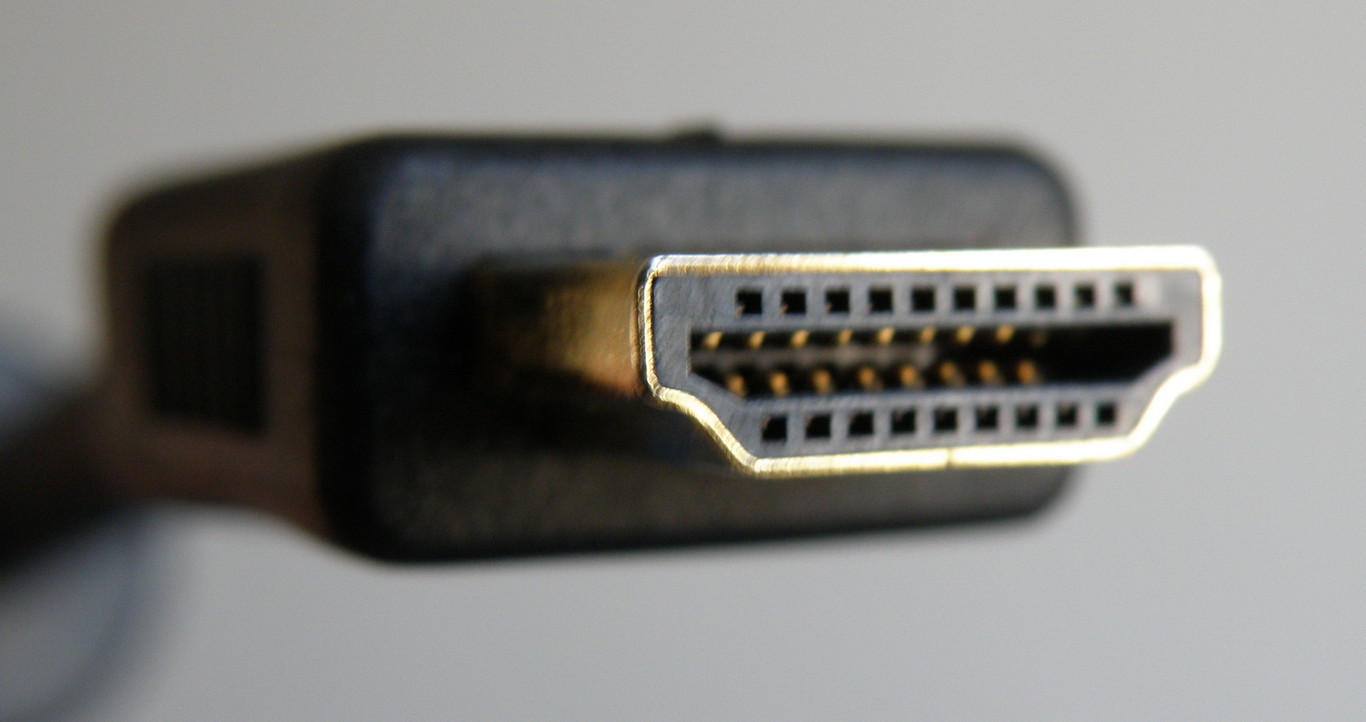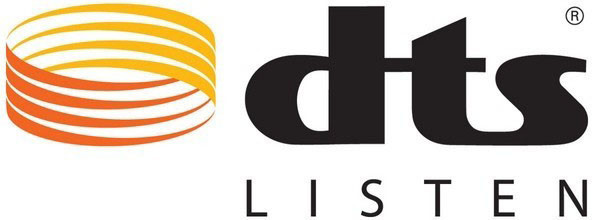HDMI was born with a firm purpose: to banish once and for all the connection interfaces for analog and digital signals that preceded it in the consumer market. And achieving it did not seem to involve much effort. In 2004, just one year after his arrival, he was already firmly established in the A / V market, and the death not only of the scart, the interface he intended to replace, but also of the DVI, which at that time had Pretty successful on the A / V devices, it was a given.
Since then its massive deployment not only in audio and video devices, but also in many computer components, has caused everyone, to a greater or lesser extent, to be familiar with it. However, there are technologies associated with HDMI that have scarcely penetrated among users. And ARC is a good example of that. In spite of how practical it is and how relatively easy it is to use it. Let’s see what it is and what it can do for us.
Decidedly bidirectional
From the HDMI connection interface we have spoken on innumerable occasions in Engadget. And, given its depth in the world of A / V, it is not for less. For this reason, the aim of this post is not to repeat what we have told you in other occasions, but “put your finger on the spot.” And the sore, this time, is the bi-directionality of the HDMI link.
Unlike the interfaces that preceded it, which, as expected, were much more limited from a functional point of view, HDMI allows the devices it links, such as, for example, a Blu-ray Disc player, a bar sound and a television, “talk” to each other. This means that the data does not flow only in a direction determined by the element that acts as a source, and the one that behaves as a receiver; the information is transferred, when necessary, in both directions.
 This functionality makes possible the existence of protocols such as CEC, and, above all, of ARC, which is what we are most interested in now. Its implementation is supported by the presence in the HDMI interface of two channels, one of TMDS type (Transition-minimized differential signaling), and the other one destined to the CEC (Consumer Electronics Control) protocol.
This functionality makes possible the existence of protocols such as CEC, and, above all, of ARC, which is what we are most interested in now. Its implementation is supported by the presence in the HDMI interface of two channels, one of TMDS type (Transition-minimized differential signaling), and the other one destined to the CEC (Consumer Electronics Control) protocol.
The first of these, the TMDS, is nothing more than a high-speed data transmission technique through a serial link. This channel is not present only in HDMI; it is also used by DVI. Its importance lies in that it has the responsibility of transporting the necessary video, audio and signaling data so that the contents flow from the source (the device that reads them) to the destination (the element that reproduces them).
What makes TMDS a robust technology, and therefore a good idea, is that the transfer of data is made, from the point of view of the transmitter, using an algorithm capable of minimizing electromagnetic interference between cable conductors. And, on the other hand, the receiver has a procedure for extracting temporary information from the data stream that is designed so that the decoding of audio and video information is carried out without errors even if the cable run is very long
As regards CEC, which is the other protocol that benefits from the bidirectionality of HDMI, although we have already talked about it on other occasions, we are interested in remembering that, grosso modo, it allows us to use a single remote control to control several devices. Yes, as long as all of them are compatible with this technology (for a long time a good part of them are) and we have realized that it is necessary to activate it expressly from the configuration menus of the devices involved.

This is how ARC works
The abbreviation ARC comes from the Anglo-Saxon denomination Audio Return Channel (that we can translate like channel of return of sound). This allows us to deduce what it is: a feature implemented in the HDMI 1.4 specification that allows us to use one of the HDMI connections of our TV to extract its sound and send it to the audio equipment, be it a sound bar, a receiver A / V or any other device.
Before the existence of this protocol, if we wanted the sound of our TV when we used a video source integrated in the TV itself, such as DTT or a Netflix or YouTube type app, it would end up in our audio equipment, we had to connect them using a fiber optic cable anchored to the EIAJ / TosLink connectors of both devices.
Continue Reading: Monitors with HDR support and Chromecast support? LG wants to be the first to offer it in its new 4K models
What ARC allows us is to completely dispense with that cable and use the same HDMI link that we use to transport the video and audio from, for example, our A / V receiver to our TV, to transfer the sound from the latter to the stereo. As we see, its usefulness is, first of all, practice. But this is not the only thing we have to take into account. And the scalability of an HDMI link is much higher than that of an optical digital connection.

This simply means that the HDMI connection interface is compatible with all the high-resolution multi-channel sound formats that we currently use. Even with Dolby Atmos and DTS: X. And it will also be with those who arrive in the future as new HDMI specifications become available.
An optical digital connection is much more limited in this scenario and is only able to deal with the sound formats that reigned at the time of the DVD (Dolby Digital, DTS and derivatives), or other less demanding, but not with those associated with Blu -ray Disc onwards (Dolby TrueHD, DTS-HD Master Audio, etc.).
However, the outlook for ARC is not as rosy as it seems. And is that what I have just explained in the last two paragraphs has an important nuance that we can not ignore. The ARC protocol contained in the HDMI 1.4 and 2.0 specifications is only capable of transporting PCM, Dolby Digital and DTS audio, but not Dolby TrueHD, DTS-HD Master Audio or later multi-channel digital sound formats.
In practice this means that although our TV incorporates a video streamingapplication that allows us to access content with sound, for example, Dolby Atmos (something that Netflix offers since the premiere of Okja), we will not be able to enjoy it in this format in our sound equipment, which would be desirable.
Fortunately, this ARC limitation is about to be overcome. And it will be thanks to eARC, which is nothing but the latest and improved revision of the sound return channel.

HDMI 2.1 supports eARC
And it was time. The companies involved in the development of the latest specification of HDMI, which, as we have told you, saw the light definitively at the end of last November, have been concerned to correct this important limitation of ARC. The result is eARC, which means nothing else than enhanced ARC, a term that we can translate as enhanced or enhanced ARC.
Its goal is to allow, now, our teles can send any current high-resolution multi-channel digital sound format to our audio equipment, be it a sound bar, an A / V receiver or any other solution. It is even capable of dealing with Dolby Atmos and DTS: X , which, today, are the most demanding multi-channel sound formats.
In addition, it does not matter if the high resolution sound comes from an app installed on the TV itself, a DVB-T HD content, or simply, a video game console or other source that we have connected to our TV. The transfer of audio to our audio equipment will be carried out without any problem, thanks in large part to the enormous transfer speed that enables HDMI 2.1 (up to 48 GB / s), and also to the new protocol used in the process of synchronization of video and audio. Let’s hope that eARC will definitively end the annoying labial desynchronization that we have all suffered on occasion.
Of course, we must bear in mind that to take advantage of everything that eARC offers us, the devices involved in the reproduction of the contents must satisfy the HDMI 2.1 specification. In practice this means that only the A / V equipment that will arrive at stores this year, and probably not all of them, will be able to do so. Let’s hope they do not take much longer.

One last important note
Two brief brush strokes before concluding the post that may be useful to many users. On the one hand, we must bear in mind that not all the HDMI connectors of our TV and our sound equipment are compatible with the ARC or eARC link. Those that are usually indicate clearly with a label of type HDMI 1 IN (ARC), or something similar. These are the ones we should use.
And, on the other hand, we should remember that the ARC protocol is not activated by default, so we have to enable it both in the configuration menu of our TV and the sound equipment.


